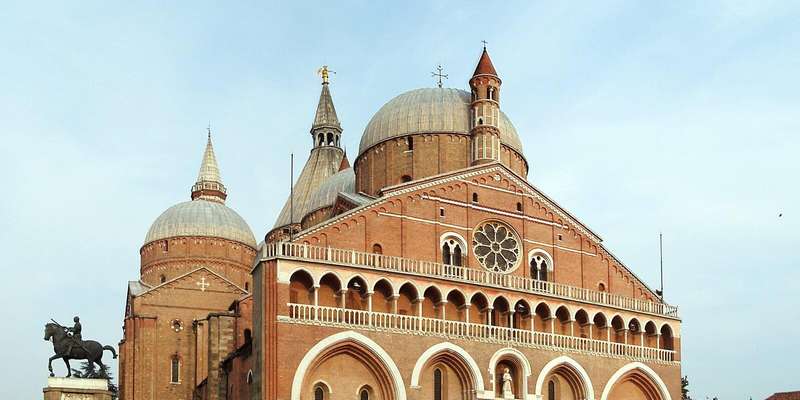- Home
- Useful Tips
- Padua's connection to Dante:...
Many travelers passionate about Dante Alighieri's legacy overlook Padua's profound connections to the poet, missing key locations that shaped his work and exile years. Over 60% of Dante-focused cultural tourists concentrate solely on Florence and Ravenna, unaware that Padua's medieval streets and academic institutions hosted pivotal moments in the Commedia's creation. This oversight leads to fragmented understanding of Dante's intellectual networks and forces travelers to piece together his journey across Italy. The frustration compounds when visitors arrive unprepared, finding limited English-language information at Padua's subtle Dante references – a stark contrast to the crowds at more famous sites. These overlooked locations hold untold stories about the poet's relationship with Giotto, his philosophical debates at the university, and hidden symbolism in the Scrovegni Chapel's frescoes.


Decoding Dante's presence at Padua University
The University of Padua's historic halls whisper tales of Dante's intellectual legacy, though finding these connections requires local knowledge. While the poet never formally studied here, his friendship with Professor Albertino Mussato and visits to debate Thomist philosophy left lasting marks. The Bo Palace's 14th-century courtyard, often bypassed by quick chapel visitors, contains heraldic symbols linked to Dante's patrons. Look for the Carrara family crest near the law faculty entrance – these rulers sheltered exiled Ghibellines mentioned in Paradiso. Morning visits before student tours arrive offer quiet moments to appreciate the aula magna where Mussato lectured on poetry's civic role, directly influencing Dante's political writings. Carry a portable Paradiso canto printout (XVII references Padua's river Bacchiglione) to compare texts with the physical space.
Giotto's hidden Dante tributes in the Scrovegni Chapel
Giotto's masterpiece conceals subtle nods to Dante that most guided tours overlook in their focus on technical artistry. The Last Judgment fresco's hell section contains figures resembling Dante's descriptions in Inferno, painted during their probable Padua encounters around 1305. Local art historians note the chapel's unusual emphasis on usury punishments – relevant both to Scrovegni's banking family and Dante's Circle VII placement. For optimal viewing, book the 7:45pm summer slot when angled sunset light enhances the blues in the Virtues panel, said to mirror Dante's celestial imagery. Keep binoculars handy to spot the possible portrait of Dante as a witness in the Joachim frescoes, a controversial theory debated since Vasari's writings. These details transform a standard chapel visit into a Dantean visual pilgrimage.
Following Dante's footsteps to Santa Sofia and beyond
Padua's Santa Sofia district preserves medieval alleyways where Dante reportedly walked between philosophical discussions at the university and visits to Giotto's workshop. The area surrounding Via Dante Alighieri (named in 1865) contains forgotten landmarks like Casa di Lucia, a 13th-century building where tradition holds the poet stayed. Nearby, the former S. Lorenzo church's foundations visible in Piazza delle Erbe likely hosted Dante during feast days. A self-guided walk starting at the Roman gates and ending at the Specola observatory (site of Dante's astronomical references) reveals how Padua's urban fabric influenced his cosmic imagery. Morning is ideal to trace this route, stopping at tiny bakeries selling zaleti cookies – similar to those Dante might have eaten while contemplating the stars that feature so prominently in his Paradiso.
The Carraresi connection: Dante's patrons in Padua
Few visitors connect Padua's imposing Carraresi Castle with Dante's exile networks, yet this fortress hosted key protectors of the poet during his wandering years. The castle's archaeological museum displays 14th-century documents mentioning Ubertino da Carrara, whom Dante possibly referenced in Paradiso's 'just ruler' passages. Local archivists recently identified financial records suggesting the Carrara family funded manuscript copies of the Commedia. To fully appreciate this relationship, visit the castle's west tower at golden hour when the light illuminates original fresco fragments showing court life Dante would have witnessed. Pair this with a stop at the nearby Baptistery, where Carrara family baptisms occurred under the same stars Dante used to calculate Easter dates in his philosophical works. These sites reveal Padua's crucial role as a safe haven that allowed Dante's masterpiece to flourish.



